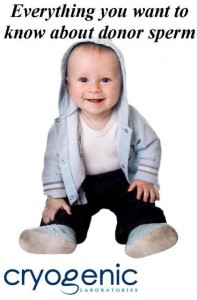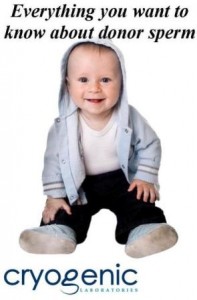Autism is a behaviorally defined pervasive developmental disorder that affects how a child functions in several areas, including speech, social skills and behavior. Children who have problems in these areas are sometimes said to have an autistic spectrum disorder (ASD) because the severity of symptoms varies greatly.
Autism affects about 1 in 88 children in the United States. More children than ever are being diagnosed with autism. The rates of diagnosis of ASD are about 10 times higher than in the 1980s, though much or all of this increase may be due to improved awareness and changes in how autism is diagnosed.
Genetically, it is clear that the ASD represent a number of different disorders which have some overlap in features. Genetic inheritance has been strongly suggested by studies of twins and families with multiple affected children. Overall, it is believed that there are many genes involved in ASD along with possible environmental or immunologic triggers.Advanced paternal age (over the age of 45) has also been implicated. A number of studies have been performed to estimate the recurrence risk in families who already have a child with ASD. Older studies showed that the recurrence when there was a child in the family with autism spectrum disorder could be much higher depending on the number of affected siblings and the gender of the current fetus. Overall a recurrence risk of 18.7% for full siblings of an affected child were reported. For half siblings the risk can only be estimated, and may be on the order of 4-8%. At the current time, there are no prenatal tests to detect children who will be affected with ASD.





